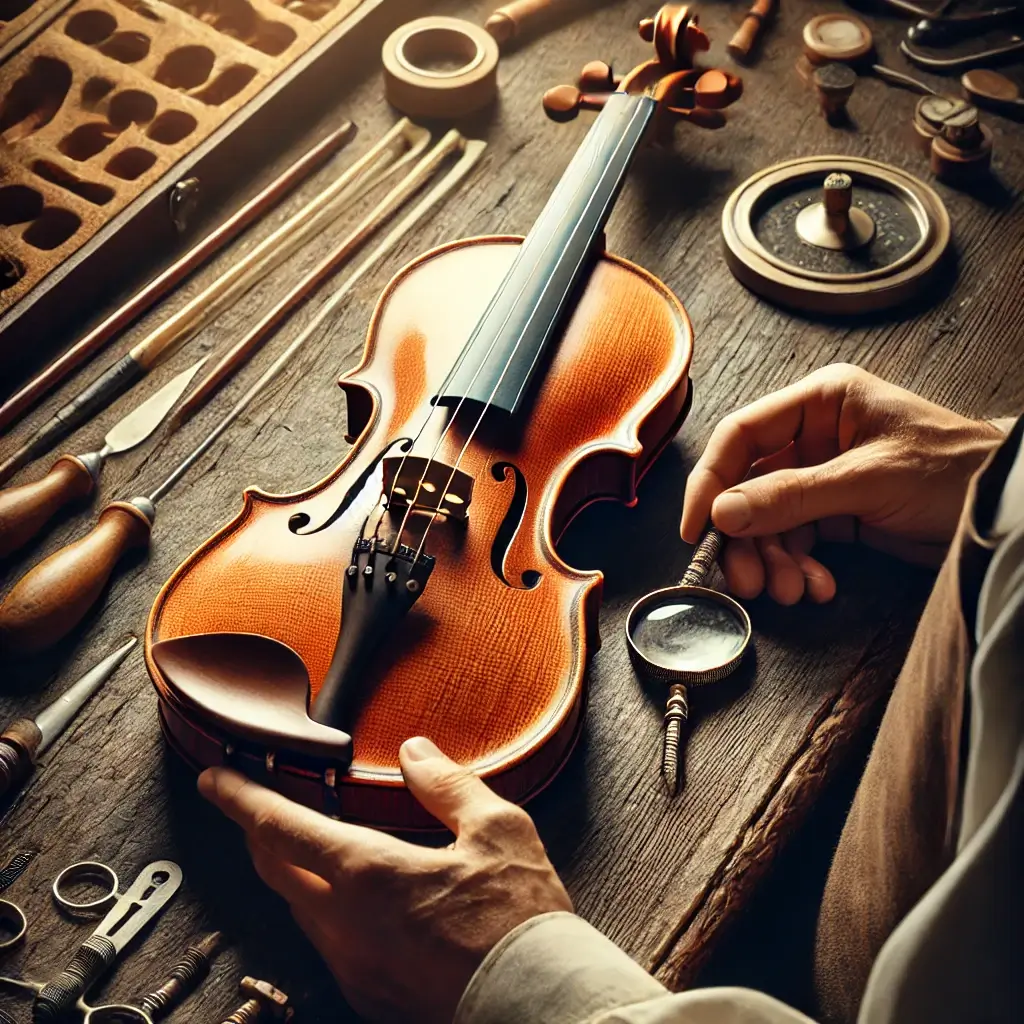When buying an instrument, one of the features you’d likely consider is its durability. Of course, you’d want a violin that can withstand long practice sessions and if you’re a beginner, you don’t want to lose your interest just because of a low-quality violin. What makes a good violin is its well-crafted features that can serve for decades, even centuries, while a poorly made one might deteriorate within years. So, how do you know if a violin is durable enough?
Quality of Materials
Woods used in violin construction is the first thing you need to consider when it comes to durability. There are premium violins made from spruce tops and maple backs, sides, and necks. These tonewoods made a great quality that can withstand decades.
To determine the wood quality, you might want to look for tight, straight-grain patterns in the spruce top, and an attractive figuring with consistent density on the maple. Do not go for unseasoned wood that has visible knots and irregular patterns.
Construction and Craftsmanship
The construction quality of a violin determines its durability. You need to check all seams and joints. They should be tight and clean without any excess glue. Also, the decorative inlay on the edges should be there to prevent cracks on the instrument. Do not go for painted lines on the edges since it doesn’t provide protection after all.
When it comes to the neck joint, it should be solid and the fingerboard should be properly shaped and secured. You might also want to look at the inside of the instrument and see if there’s a clean workmanship.
Proper Varnishing and Finishing
Some might think that varnish and finish is only for aesthetic purposes but little did they know that it’s also a protective function. Quality varnish shields the instrument from moisture, dirt, and wear. You need to look for smooth, evenly applied varnish – no drips or inconsistencies. There are traditional oil varnishes and if you can find an instrument with this, you’re lucky enough because it offers excellent protection while allowing the wood to vibrate freely.
Aside from that, the varnish should not be too thick or too thin. Over time, a good violin varnish have a pleasant glossy look and it should not flake or crack easily.
Regular Maintenance
What makes a good violin depends on how well you take care of it. That’s where we introduce proper maintenance. If you want your violin to last, it’s important to regularly do these things.
- Wipe the instrument and strings after you use it.
- Store it on a violin case with humidity around 40-60%.
- Have your instrument be adjusted by a professional.
- Take it to the shop for annual check-ups.
- Rehair the bow when necessary.
- Address minor issues before they become major repairs.
Conclusion
When you purchase a violin, you need to see it beyond its “brand-new” tag. You need to be wise to see its potential whether it can last through years or not. By examining the material quality, construction, finish, and maintenance history, you can snag a durable violin that will be your friend for a long time.
Cassia Rowley is the mastermind behind advertising at The Bad Pod. She blends creativity with strategy to make sure ads on our site do more than just show up—they spark interest and make connections. Cassia turns simple ad placements into engaging experiences that mesh seamlessly with our content, truly capturing the attention of our audience.


